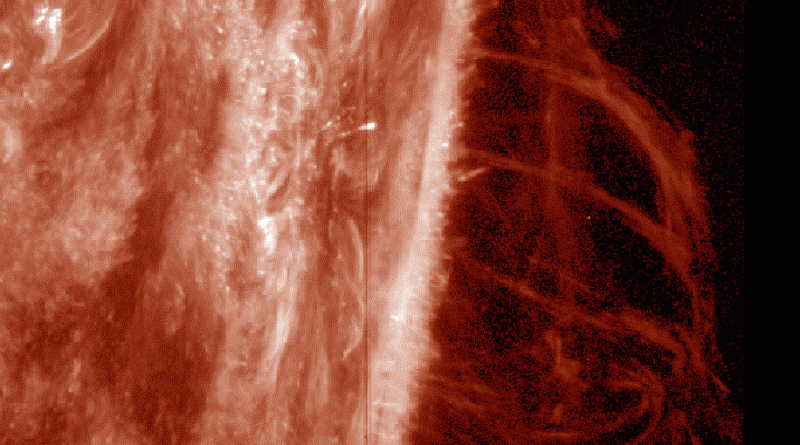IRIS Solar Observatory receives two-year Mission Extension
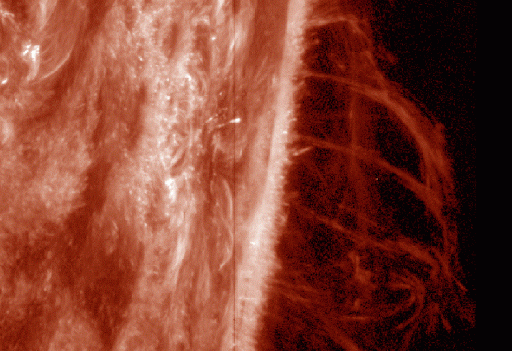
NASA’s IRIS Mission studying a dynamic region on the Sun received a two-year mission extension to continue delivering the most detailed spectral collections and images from the sun’s lower atmosphere from where solar activity is driven.
The $19 million mission extension will allow Lockheed Martin to continue the operation of the spacecraft through September 2018, supporting millions of spectral measurements of the sun’s interface region. A further extension is possible through September 2019, provided the satellite continues to show a stellar performance.
IRIS – the Interface Region Mapping Spectrograph – is a small satellite mission, weighing in at just 183 Kilograms when heading into orbit atop an air-launched Pegasus rocket back in June 2013. The 2.1-meter long spacecraft is outfitted with a 20-centimeter telescope feeding an ultraviolet spectrograph and slit-jaw imager that operate in unison to generate the highest-resolution spectra and and UV images on the sun that can be used when assessing intensity, temperatures, and particle acceleration within the lower atmosphere.
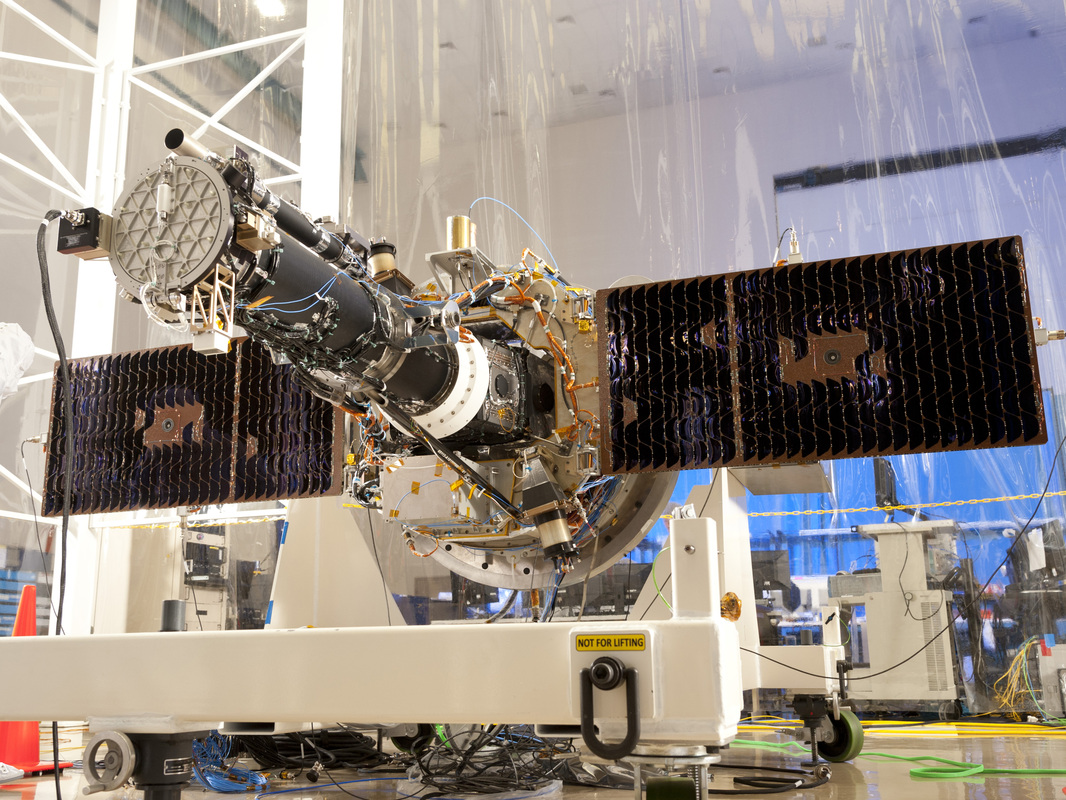
IRIS produces images and spectra every few seconds, allowing scientists to track high-speed material transport through the sun’s atmosphere to help understand the processes that drive solar activity which can affect Earth. The area of interest for IRIS, known as the chromosphere, couples the sun’s surface that has a temperature around 6,000 Kelvin, to the corona in the outer layers where temperatures can rise to the extreme.
The primary goal of IRIS is understanding how matter, light and energy move from the surface of the sun, through the chromosphere, and to the poorly understood interface region leading to the corona. Scientists believe that the interface region holds clues as to why and how the sun creates massive explosive events such as flares or coronal mass ejections, or how the high temperatures of several million Kelvins are reached within the corona.
IRIS and its instrument provide the necessary spatial resolution to resolve small features of under 250 Kilometers and the instrument’s rapid exposures and low cadence allow IRIS to study dynamic processes that occur on a time scale of a few to around ten seconds. All that was not possible with previous missions.
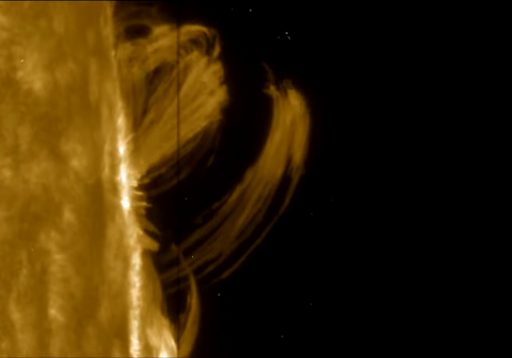
Over the course of its three-year primary mission, IRIS captured 24 million images or spectral measurements, including data from nine X-class solar flares that fall within the highest category of flare intensity. IRIS also caught data from nearly 100 M-class flares and hundreds of weaker C-class flares. More than 115 scientific papers have been produced by the IRIS team so far and the mission is expected to continue delivering world-class science, prompting the two-year extension to be green-lit.
“In this new extension, IRIS will be able to study a wide range of phenomena, including the source regions of fast solar wind, a stream of charged particles that continuously emanates from the sun at speeds of 1,000 km/s and fills the space around the Earth,” said Dr. Bart De Pontieu, IRIS science lead at Lockheed Martin.
The IRIS mission was set up to capture the period of highest activity in the sun’s 11-year cycle where flares and coronal mass ejections occur very frequently. Now, with the sun approaching the tail end of the solar cycle, IRIS can focus on a number of new aspects.
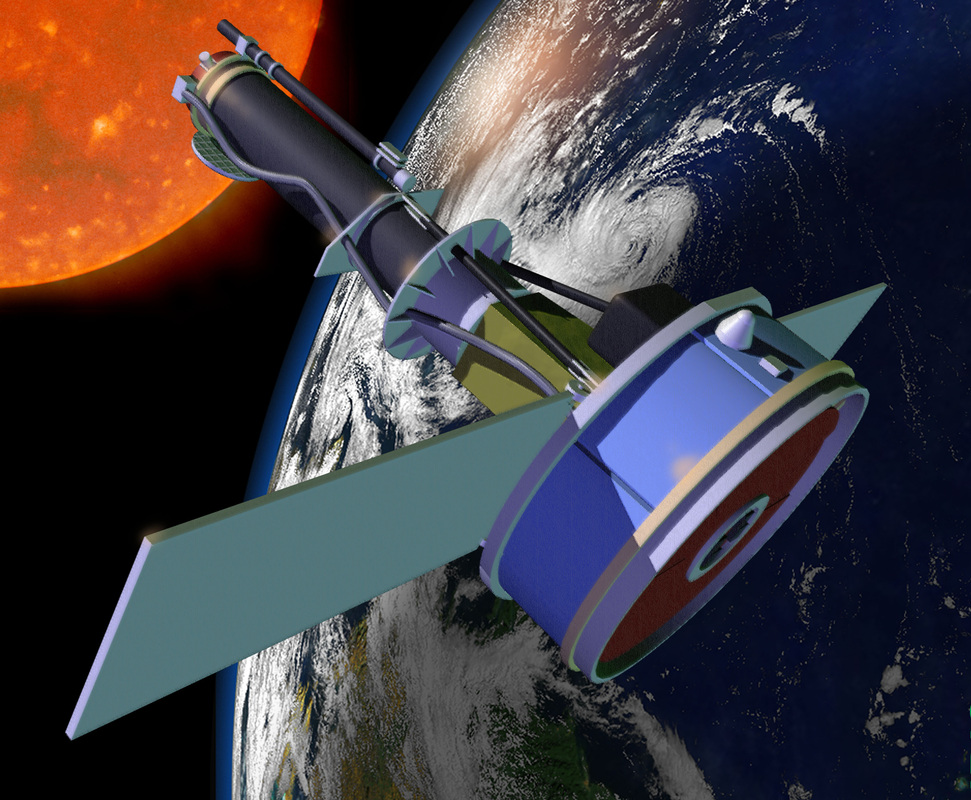
The two-year extended phase of the mission will be used to gather observations needed for improving computer models that reveal the processes heating the sun’s chromosphere to uncover mechanisms behind the emission of UV radiation from the sun. Also planned for the extended mission are coordinated observation campaigns with new ground-based telescopes including the German GREGOR telescope, the Swedish Solar Telescope in the Canary Islands and Big Bear Solar Observatory, California.
Coordinated observations will also be underway between IRIS and the ALMA radio-telescope array in Chile to deliver new insights into heating dynamics in the low solar atmosphere.
IRIS is the eleventh mission in NASA’s Small Explorer Program that was initiated back in 1989 in an effort to fund low-cost space exploration missions capped at a $120 million budget. The mission is managed by NASA’s Ames Research Center while Lockheed Martin provides science operations support.

